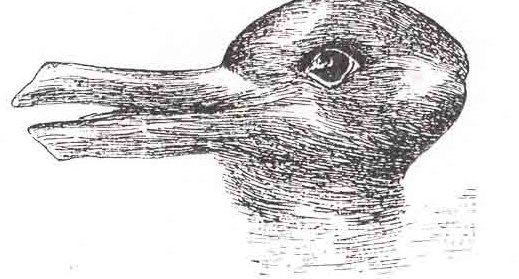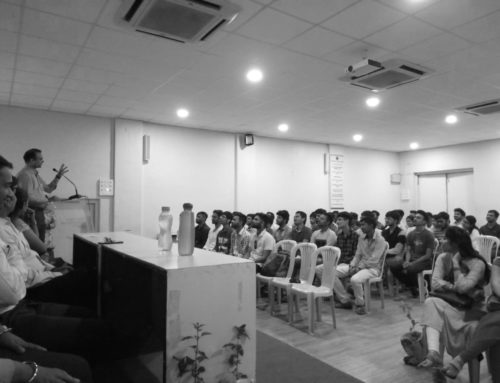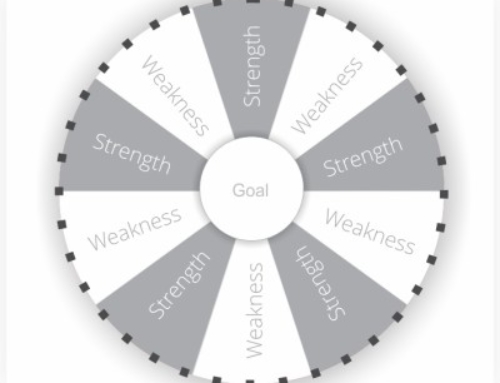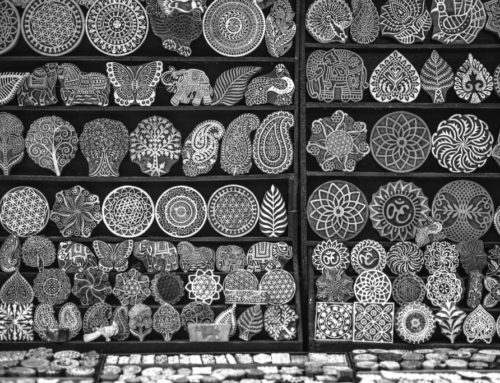An HR case study of a manufacturing unit in India from the Design Thinking perspective
Abstract:
The origin of the phrase ‘paradigm shift’ can be traced back in 1962, where the term was used by Thomas S. Kuhn in his book ‘The Structure of Scientific Revolution’. The concept of paradigm shift goes hand in hand with the ideology of change management. As the change management efforts undertaken by organizations across the globe are somewhere linked towards bringing a fundamental change in the approach or the underlying assumptions and that’s what a paradigm shift means in its literal sense. This paper titled ‘Fine Tuning the Paradigm Shift’, is about change management initiatives undertaken by the organizations, with design thinking approach, mainly the manufacturing one, to fine tune the paradigm shift. The primary source of information was the interviews with senior HR managers working in the industry and apart from that, work of Thomas S. Kuhn, was also considered to establish better understanding of the concept.
Keywords:
Design Thinking, Change Management, Paradigm Shift, Gap Analysis, Change Management Initiatives, Perception
Introduction
As long as change remains an inevitable part in an organizational framework, change management becomes inevitable too. The only difference which lies amongst these two is, whilst the ‘change’ is mostly effective, as it leaves its impact in the organizational machinery as well as in the lives of people associated with it, ‘change management practices’ implemented in an organization may or may not be effective, their effectiveness depends upon the methods and practices adopted for executing change management. Although there could not be a fixed formula of how to execute change management, yet some organizations do succeed and their experiences can provide valuable inputs for future change management efforts.
Particularly in case of manufacturing units, where investors have ploughed in a handsome amount of money, the production schedule is tied up with strict deadlines, resulting to extensive manual efforts and overtime by the employees. The repercussions of which starts reflecting in the lives of employees, in terms of their receptivity and overall productivity.
The Paradigm Shift
The origin of the phrase ‘paradigm shift’ can be traced back in 1962, where the term was used by Thomas S. Kuhn in his book ‘The Structure of Scientific Revolution’.
Thomas S. Kuhn used the duck-rabbit optical illusion, as shown in figure above, to demonstrate the way in which a paradigm shift could cause one to see the same information in an entirely different way. When a person observes this picture, gradually he develops an understanding that his perception has shifted because he can make it shift back and forth repeatedly while he holds the same piece of paper in his hands. Aware that nothing in his environment has changed, he directs his attention increasingly not to the figure (duck or rabbit) but to the lines of the paper he is looking at. Ultimately he may even learn to see those lines without seeing either of the figures, and he may then say (what he could not legitimately have said earlier) that it is these lines that he really sees but that he sees them alternately as a duck and as a rabbit.
The concept of paradigm shift goes hand in hand with the ideology of change management. Perception of employees with respect to the organizational change differs from individual to individual and any developments in understanding the perception tends to bring harmony. As the change management efforts undertaken by organizations across the globe are somewhere linked towards bringing a fundamental change in the approach or the underlying assumptions.
Similar is the case with an effective change management practice, as it is called effective, if it is able to bring a new dimension of thinking in the thought process of employees, so as to bring harmony in the environment, which is constantly changing and is beyond control.
The Gaps Identified in the Paradigm Shift
In any change management drive, the first step taken by the management, is the gap analysis, i.e. identifying the gap,which has emerged in the perspectives of the employees.
In our discussions with the senior HR managers of different manufacturing units, we came across following predominant factors which leads to the gap:
A. Lack of Communication
As per the organizational hierarchy of the manufacturing units, supervisor or group leader are the first managers who are managing the direct employees (labours), so the group leaders are under lot of work pressure. One group leader or supervisor manages 10 to 50 labours depending upon the size of the unit, which he was supposed to do on a running line on the production floor, which is a very difficult task. Further blue collar employees are very emotional and sensitive, even a small statement of manager can be blown up, so in this case managing huge number of employees becomes a really challenging task for the group leaders.
Due to huge work pressure the group leaders would generally have very less interaction with other employees, preventing them from sharing their work experiences, challenges, viewpoint with other colleagues as well as understanding the challenges and viewpoints of fellow colleagues of their own department, as well as employees from cross sectional departments, thereby leading to an absence of communication and interaction (formal and informal) and generating a gap.
B. Lack of Appreciation/Recognition
Owing to tight production schedule, which often demanded overtime from the direct employees, the direct employees are usually not spending time with their family, not getting time for themselves, unable to spend time with their children, not having food at home and their family life goes for a toss.
In-spite of their visible contribution in the organizations, these employees were seldom appreciated, for their work, their achievements as well as their overall contribution in the organization.
The repercussions of this missing aspect gets reflected in term of reducing morale and increasing resistance from the employees, over a span of time, thereby creating a major gap to bridge in.
C. Underpaid Salary
The third major reason which creates a gap was the underpaid salaries of the employees. Considering the amount of work done and the time commitments by the direct employees in the manufacturing unit, the employees are usually underpaid. Thus running short of financial motivation.
Fine Tuning the Paradigm Shift
Considering the situation, the HR managers across the organizations have come out with an array of solutions in the form of creative initiatives, which helped to bridge the gap in their organizations:
A. Establishment of Communication Platform
In one of the organization, to address the communication gap, a platform was created to establish communication between group leaders and production heads and other cross functional heads. Wherein group leaders or supervisors used to have lunch with the production head or the section head, initially twice in a month and then once in a month, so that they can share their problems and know, that they all have challenges in terms of production targets and irrespective of the situation production targets has to be met.
B. Increasing the Number of Group Leaders
In another initiative to reduce the work pressure of the group leaders, number of group leaders were increased, resultant to which one group of employees which was managed by one group leader alone is now divided amongst two group leaders. So if earlier one group leader was managing 50 direct employees, now the pressure gets decreased and each group leader manages 25 employees.
C. From Direct to Indirect
In order to increase the number of group leaders, management of one organization decided to form new group leaders out of the direct employees, so the direct employees were shifted towards the indirect side. This initiative was called ‘from direct to indirect’. This led to a sense of satisfaction amongst the direct employees, as their very own person is now leading them and it also became a motivational factor for the blue collars.
D. Direct Communication
Direct communication channels across the hierarchy were established, so the Production or HR head can directly communicate with the group leaders, this created a widespread change in the communication pattern.
E. Group Leader’s Meetings
In one initiative, group leader’s meetings were planned every Wednesday, wherein different group leaders can come and share on a common platform. As people started sharing the group leaders felt that challenges are not only with them, each person has to deal with their own challenges. This initiative created another set of understanding.
F. Formation of Change Catalysts
A team was formed, wherein supervisors, people from union, one representative from each shop, one representative of group leader of each shop, one employee working at the ground level from each shop were bring together and these people were called change catalysts and out of them HR team got to understand what will be the ground rules.
• How to talk to others.
• Body language.
• How to shake Hands, etc.
So during tea breaks, these ground rules used to be shared with everyone.
G. Starting Newsletters
Under this initiative, a newsletter was started by management, wherein different employees were appreciated for their achievements. The idea of having faces of direct employees and group leaders created a feel good factor amongst employees.
H. Other Initiatives
• Correction in the salary.
• Creation of CFT teams (Cross Functional Teams).
• Counselling and coaching for the blue collars, the problem cases.
• Women empowerment
Conclusion
It is not a matter of duck or rabbit or even lines, it is the matter of how we define things, a crux of paradigm shift is supported by the techniques or strategies organizations implement to bring change, but the core lies in individual’s perception. Perception is directly correlated with experiences. If past experiences of employees in the organization are constructive, the change process becomes smooth, and vice-a-versa.
The focus of paradigm shift becomes inevitable to bring in new things or modifying old things. In whichever scenario, only modification in system/processes/policies is not sufficient. Modification in the mind set of employees is equally important, keeping track of behavioural patterns of the employees at different levels and at different times gives a great input for a human resource manager to modify, what it takes to bring Paradigm Shift.








